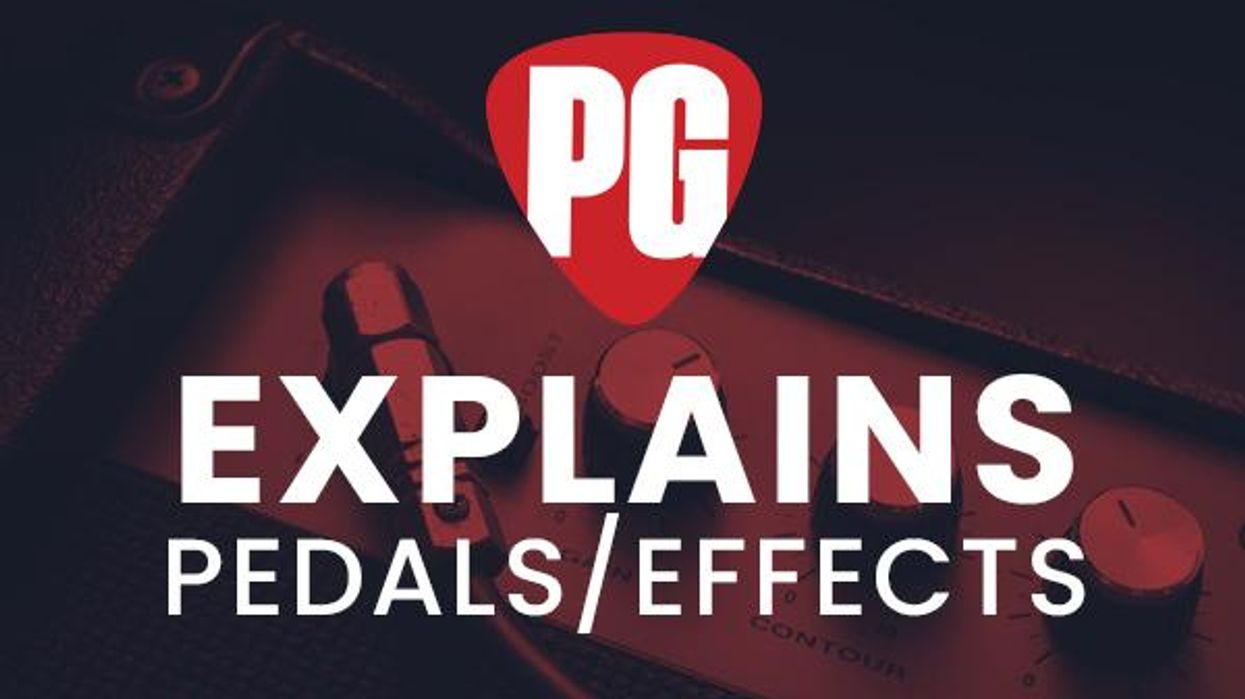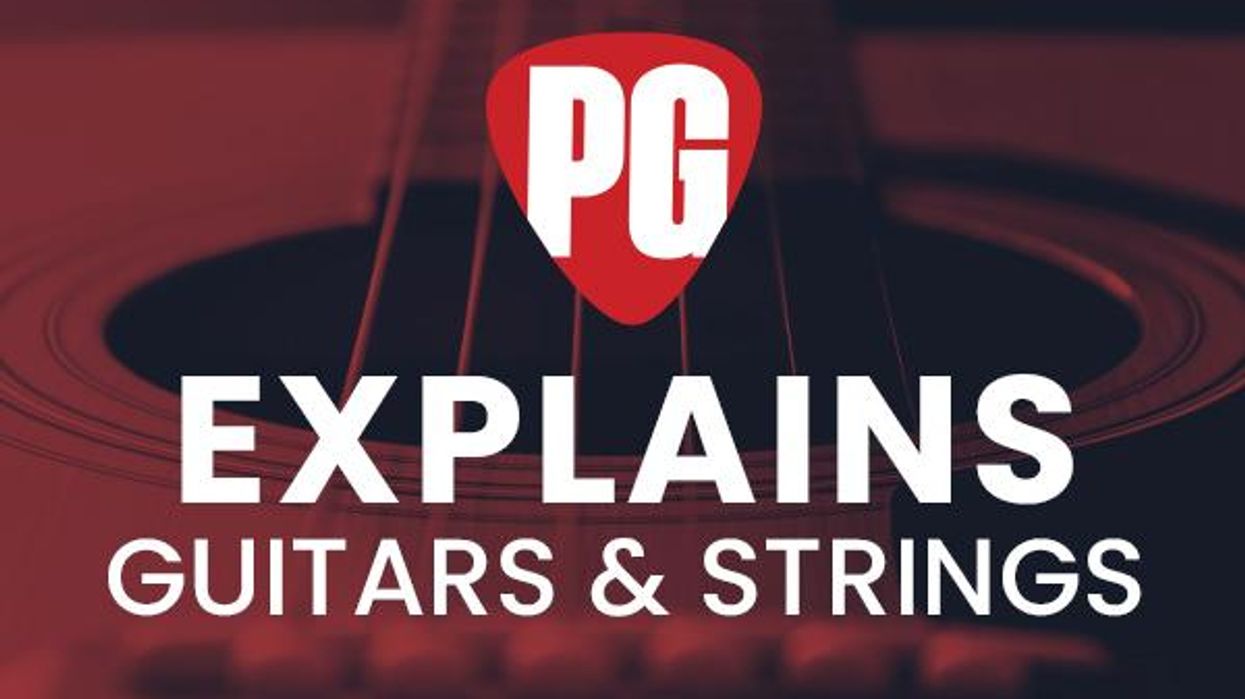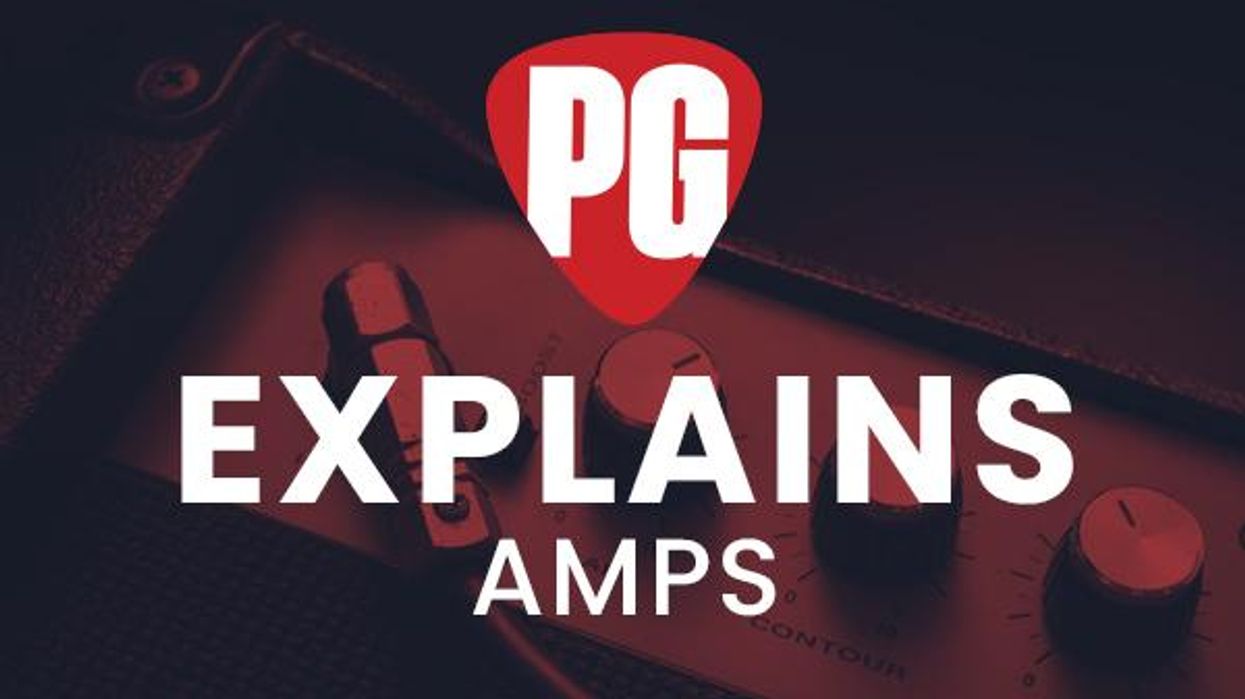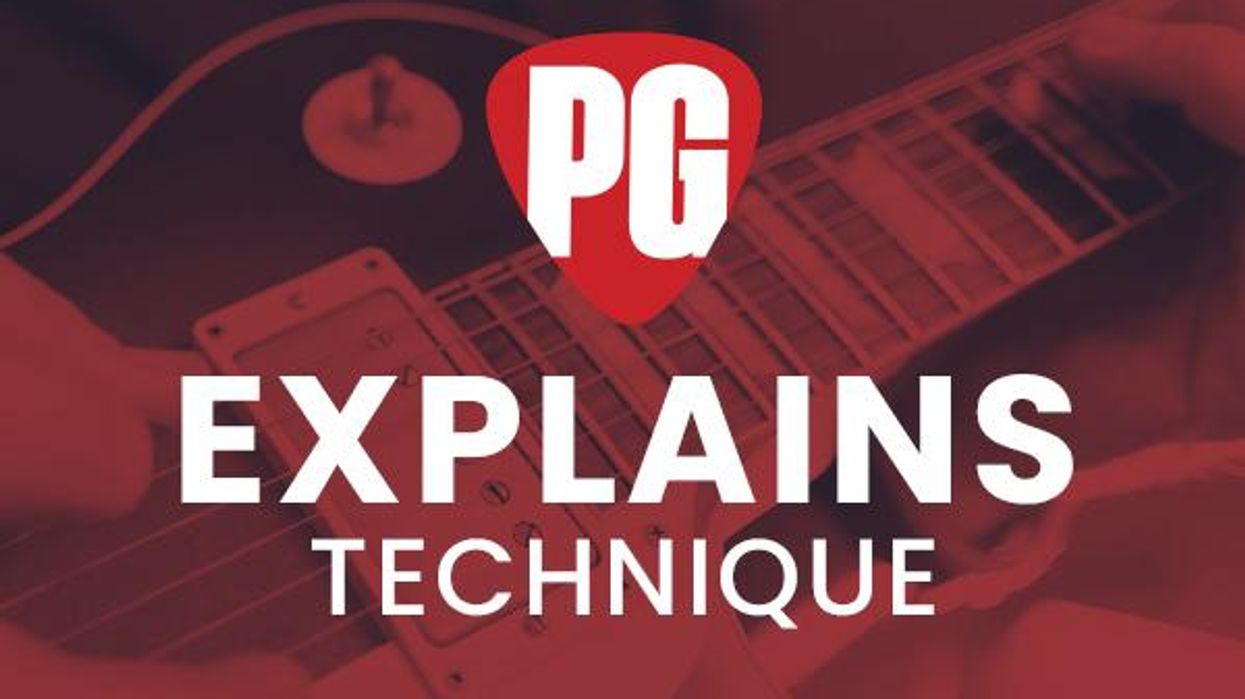PG answers some basic questiosn you may have about tuning your guitar!
How do you tune a guitar?
Tuning a guitar is the process of adjusting the tension in a string to bring it to a specific note. In practical terms, that involves turning a tuning head on your guitar’s headstock to tighten or loosen the string that’s wrapped around a corresponding peg.
What tools do I need to tune my guitar?
Just one: a tuner. If you have an electric guitar, you can buy a tuning pedal to plug your guitar into or you can buy a clip-on tuner, which clamps onto the headstock and works with any kind of guitar. You can also use free tuning apps and websites.
What does flat and sharp mean?
Flat means that the note is lower or deeper than what it should be. Sharp means that it’s higher than it should be. In both cases, it means you’re out of tune or your strings aren’t tuned to the notes that they need to be.
What notes do you tune your guitar to?
Standard E tuning is the most popular guitar tuning, and it goes like this, from top to bottom of the fretboard: E-A-D-G-B-E. My first guitar teacher taught me a little memory trick for remembering: “Eat at Denny’s good breakfast everytime.” Thanks, teach!
Are there other tunings?
Yes! There are nearly endless tunings for guitar, and some are easier to play then others. For example, popular open tunings like DADGAD make it fairly easy to produce pleasant, rich sounding chords with very simple finger positions. Drop D tuning, which simply involves dropping the low E string in standard tuning to a D, is another wickedly fun and simple tuning used by hard rock and metal guitarists.
Can’t guitars tune themselves nowadays?
Some modern guitars come equipped with self-tuning machines on the headstock, and automatic tuning machines like this one are hitting shelves, but they’re still rare to see and often have questionable accuracy. Best to do it yourself for convenience, accuracy, and ear training.










![Rig Rundown: Russian Circles’ Mike Sullivan [2025]](https://www.premierguitar.com/media-library/youtube.jpg?id=62303631&width=1245&height=700&quality=70&coordinates=0%2C0%2C0%2C0)


